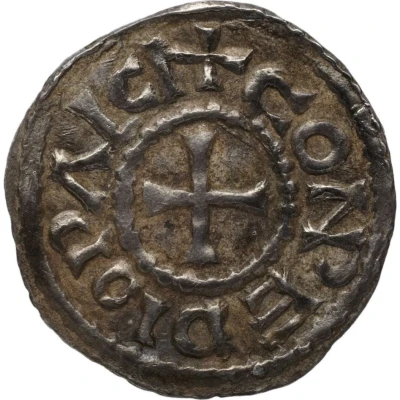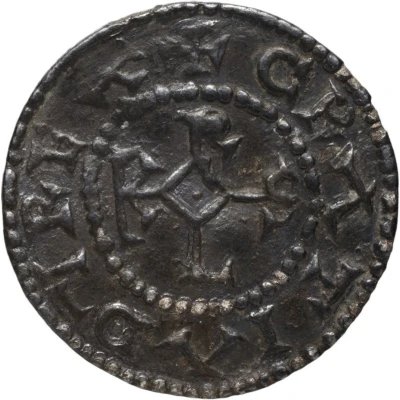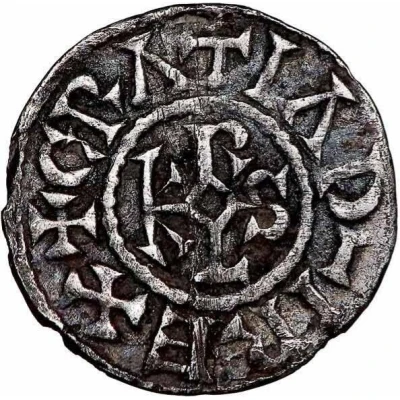


© Bibliothèque nationale de France / Gallica
Obol - Charles II Compiègne
| Silver | 0.66 g | - |
| Issuer | Kingdom of West Francia (Carolingian Empire) |
|---|---|
| King | Charles II the Bald (843-877) |
| Type | Standard circulation coin |
| Years | 864-875 |
| Value | 1 Obol (1⁄480) |
| Currency | Pound (840-987) |
| Composition | Silver |
| Weight | 0.66 g |
| Shape | Round (irregular) |
| Technique | Hammered |
| Orientation | Variable alignment ↺ |
| Demonetized | Yes |
| Updated | 2024-10-09 |
| Numista | N#342833 |
|---|---|
| Rarity index | 100% |
Reverse
Cross in a beaded circle, legend around.
Script: Latin
Lettering: ✠ CONPEDIO PΛLCI
Translation: Palace of Compiègne.
Interesting fact
One interesting fact about the Obol coin is that it was used as a form of currency during a time of great economic and political change in Europe. The Carolingian Empire, which was established by Charlemagne in the 8th century, was in the process of breaking apart during the reign of Charles II, and the Obol coin was used as a way to maintain economic stability and control during this period. Despite the challenges of the time, the Obol coin remained a widely accepted form of currency and played an important role in facilitating trade and commerce throughout the region.



